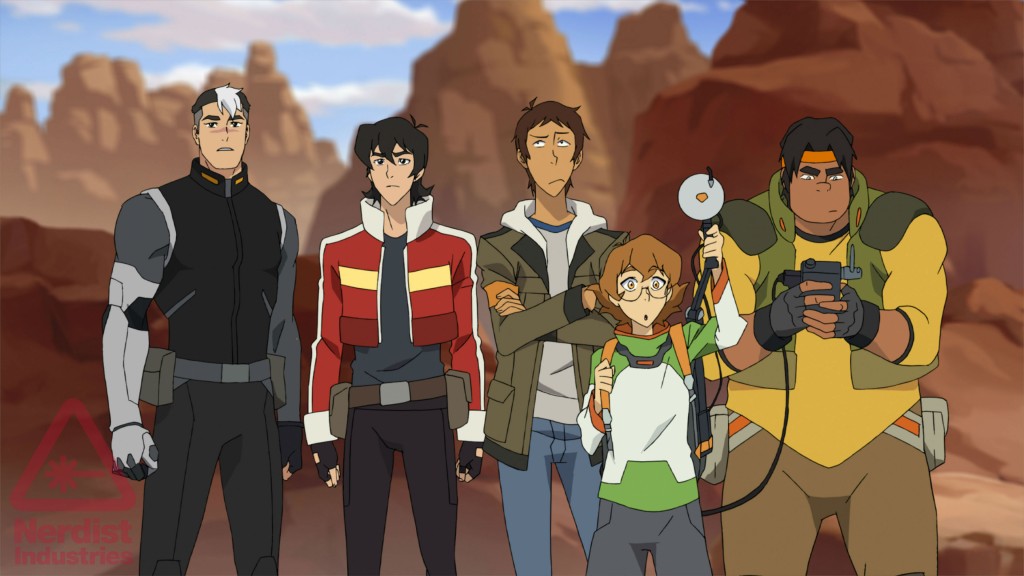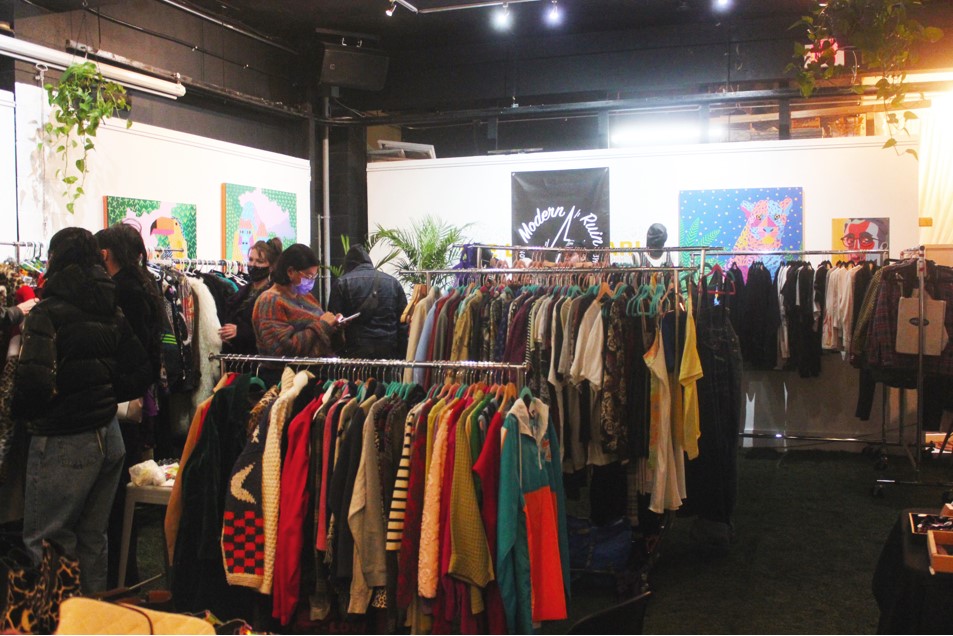
Progression of gender and sexuality in children’s programming
By Brittney MacDonald, Life & Style Editor
A few issues back I wrote an article entitled “Talking Dirty,” where I mentioned the process of socialization, and how modern creators of children’s content have been attempting to encourage individual power and expression, as opposed to conformity to archaic social constructs such as gender and heteronormativity. I received a few emails asking me to expand on and give examples of this, because some felt that this was not the case. Normally I wouldn’t justify myself or what I say in a new article, but I felt that this was an important enough topic to write about.
Since my childhood there have been significant shifts in the type of programming available to children. By “children” I mean anyone under 18. Initially this shift began in a rather patronizing way. Narratives within the programming were dumbed down in order to promote passivity and non-aggression. We could see this with shows like Barney, Spongebob Squarepants, and many others. Though these shows could be fun and humorous, darker plotlines or stories that dealt with actual issues were often non-existent or glossed over, even in programming targeted towards teens and pre-teens. What you would never find is a character that identified as queer or outside of their biological gender, unless they were a villain—and even then, it was exceedingly rare.
The emphasis here was to present a socialized world of people who were essentially the same. Despite the colour of their skin or whether they were male or female, everyone could do anything. The problem is that this method homogenized everyone, and took away the more entertaining and intriguing narratives that many people wanted. Instead, the majority of the programming was episodic, which lead to continuity errors within the television program itself and a high turnover for children losing interest at a faster rate.
Eventually creators learned from this mistake, and recently children have been given programming that contains queer or gender non-binary characters. These characters are presented in a very specific way, allowing the viewer to discover their identity through progression of the narrative (which has now become more complex as well), and not simply having it spelled out for them. This mimics how an actual human interaction would occur. Very few people will be wearing a sign that says “I identify as…”—this is a way of normalizing differences in gender and sexuality. It teaches children that gender identity and sexuality are merely a facet of a person, and not their defining characteristic. Shows such as The Legend of Korra, Voltron: Legendary Defender, and Steven Universe avoid having token gay or “cross-dresser” characters by creating fully-developed characters—much in the same way we expect of adult programming.

